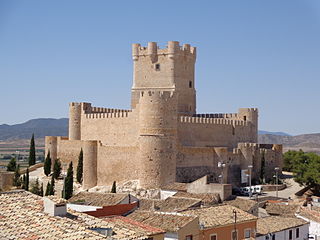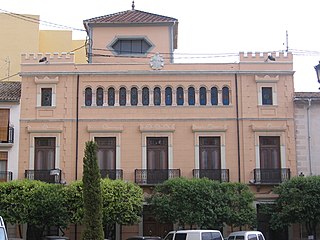6 Sights in Villena, Spain (with Map and Images)
Legend
Welcome to your journey through the most beautiful sights in Villena, Spain! Whether you want to discover the city's historical treasures or experience its modern highlights, you'll find everything your heart desires here. Be inspired by our selection and plan your unforgettable adventure in Villena. Dive into the diversity of this fascinating city and discover everything it has to offer.
Sightseeing Tours in Villena1. Museo Arqueológico José María Soler
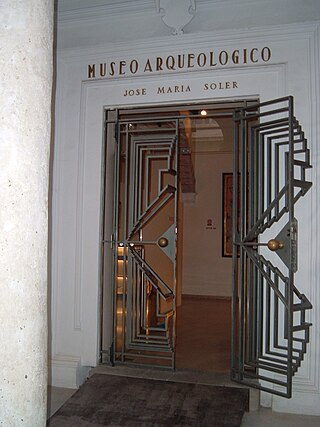
The Municipal Archaeological Museum of Villena, also called the José María Soler Archaeological Museum, is located on the ground floor of the Town Hall, a Renaissance building from the early sixteenth century. It was inaugurated in 1957 to house the archaeological findings gathered by José María Soler García in his more than forty years of work in Villena and its surroundings.
Wikipedia: Museo Arqueológico Municipal de Villena (ES), Website
2. Castillo de la Atalaya
The Atalaya Castle is a fortress in Villena, province of Alicante, southern Spain. Located over a spur of the Sierra de la Villa, in the north-western part of the province of Alicante, it commands the former frontier between Castile and Kingdom of Aragon.
3. Museo Festero
The Festero Museum is located in the so-called "Casa del Festero", in the Plaza de Santiago de Villena. It was inaugurated in 1981 and officially recognized in 1996. It is dedicated to the history of the Moors and Christians Festival of Villena since the nineteenth century.
4. Museo Escultor Navarro Santafé

The Museo Escultor Navarro Santafé is located in Villena. It is located on the ground floor of what was the house of Antonio Navarro Santafé, on the street that bears his name. Its conception comes from the artist himself, who conditioned the ground floor of his house so that it could house an exhibition and, through the mediation of his widow, donated it to the City Council of Villena. It first opened its doors in 1983 and has been officially registered since 2000.
5. Plaza Santiago
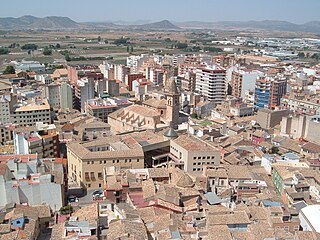
The Plaza de Santiago de Villena is the most representative urban space of its historic center. It has a rather irregular layout, although tending to square, and arises around the church of Santiago, forming a place where numerous significant buildings are concentrated.
6. Iglesia Arciprestal de Santiago
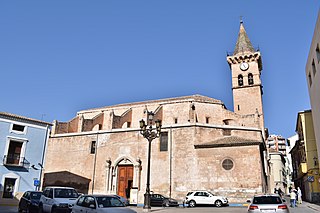
The Arciprestal Church of Santiago de Villena is located in the Plaza de Santiago in that city. It began to be built in the fourteenth century, although its current appearance dates from the 16th century. It is the largest and most important church in Villena, and it is one of the most important Gothic-Renaissance sets of the Valencian Community, since it formed the archetype of the architectural school of the Valencian Gothic that had broad regional resonance.
Share
Disclaimer Please be aware of your surroundings and do not enter private property. We are not liable for any damages that occur during the tours.
